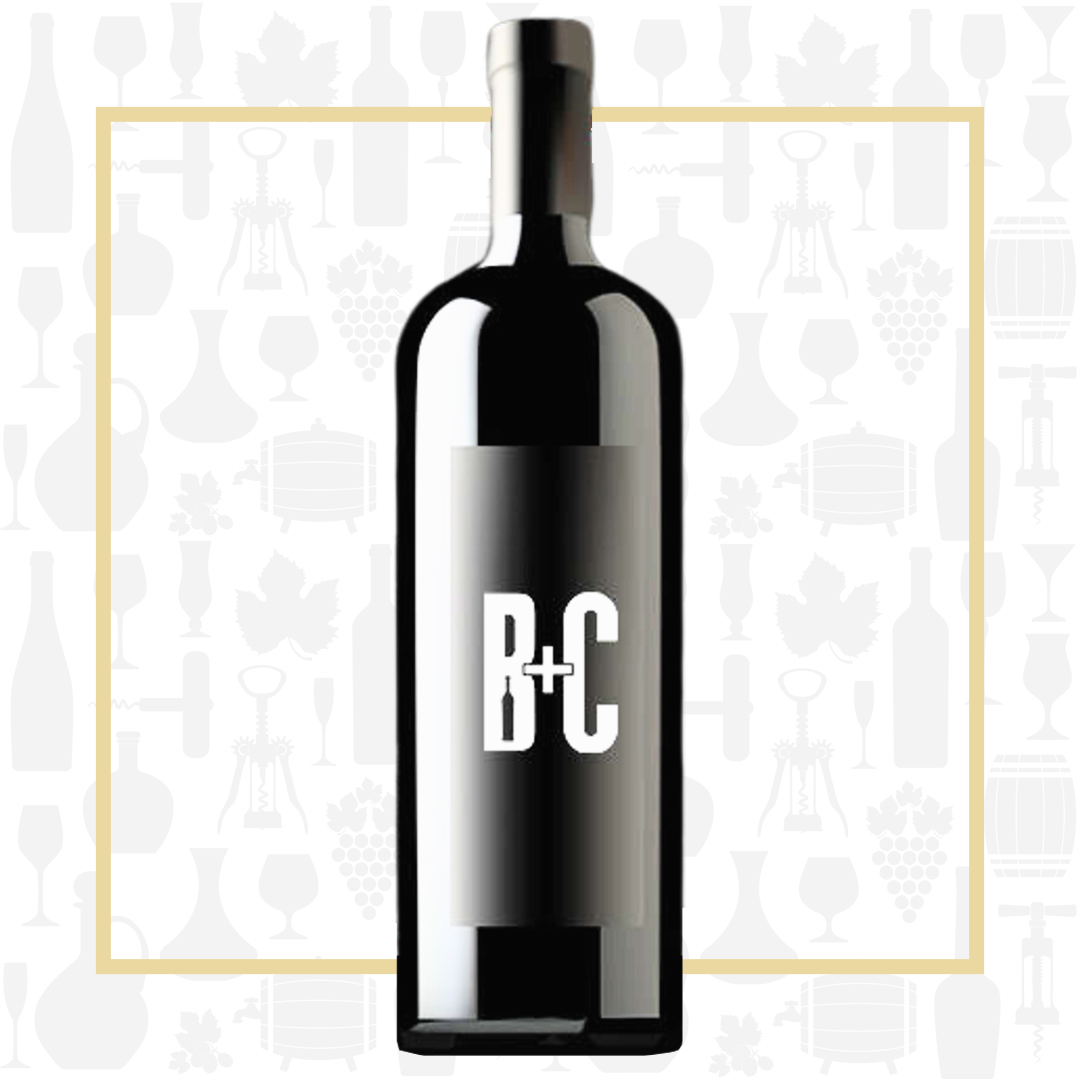Cellar Profile
The Sire family have been grape growers in Roussillon since 1906, as long standing members of the local cooperative. But it wasn’t until 1989 that they decided to vinify and bottle their prized fruit under the name,Domaine des Schistes. As the name suggests, their 50 hectares of vines are planted in predominantly schistous soils around the villages of Estagel and Tautavel. This unique soil-type is found in pockets throughout the region and provides the ideally poor, rocky foundation for quality viticulture in this corner of France. The winery is now under the stewardship of young, energetic Mickaël Sire, a part of France’s next generation of vignerons obsessed with quality and sustainability. Like many young winemakers, Mickaël travelled and worked extensively abroad before returning home to Roussillon to take over the family estate. He farms organically and adheres to the principles of low- intervention winemaking: native yeast ferments; minimal oak; no fining or filtering. These wines are loaded with Roussillon character.
Region
Roussillon is all too often lumped together with its eastern neighbour, Languedoc. And while the two regions do share similarities—namely warm temperatures and common grapes—there are significant and important differentiators as well. From a cultural standpoint, Roussillon is more Catalan than French, located just over the Pyrenees mountains where the Mediterranean coast runs north before veering east. The climate here is harsh and severe, with extreme heat, minimal rain and a constant, fierce wind, known locally as the Tramontane. The soils are incredibly poor, with barely a trace of earth on top of a hard shale, schist and limestone base. All of these factors combine to naturally create incredibly low yields and, as a result, intense, characterful wines. Low yields and small estates also mean higher production costs. On average, the wines of Roussillon are more expensive than those from Languedoc. They are also a little more demanding for the drinker in terms of profile and style. They are most definitely wines that show best with food; and they usually reward patience, be it via decanter or time in the cellar. But they are some of the most expressive, complex and terroir-driven wines you will find.
Vineyard
Hand-picked from bush vines planted in poor, schist-based soils in the foothills of the Pyrenees. Vineyard elevations and aspects vary. The old vines are selected for their ability to craft easy-drinking wines that are drinkable young.
Winemaking
Hand-harvested fruit is given just a single pressing in order to avoid any astringency. After a leisurely, temperature-controlled fermentation, the wine is aged in stainless steel to maintain its primary fruit notes.
Varieties
A blend of Vermentino, Grenache Gris and Macabeu. Vermentino is grown mostly in Corsica and Sardegna and the Italian region of Liguria, but there are increasing plantings throughout France’s Mediterranean coast. It typically makes deeply-coloured, full and ripe wines. Grenache Gris is the rare, pink-skinned cousin of Grenache Blanc. Like its cousin, acidity levels are low and flavour levels are high. Macabeu, known across the Pyrenees as Macabeo, produces a relatively neutral profile when vinified. Its higher acidity makes it a useful partner in both blended white wines, and as a base for Sparkling wine.
Tasting Notes
An aromatic explosion on the nose of stone fruit, ripe apple and minerality. Rich and textured, but with balancing acidity, the stone fruit carries through to the palate, but the minerality really comes into play, with a salty character that offers a counterpoint to the ripeness of the primary flavours. This would be a great partner to grilled halibut or a picnic lunch of sandwiches and salads.

